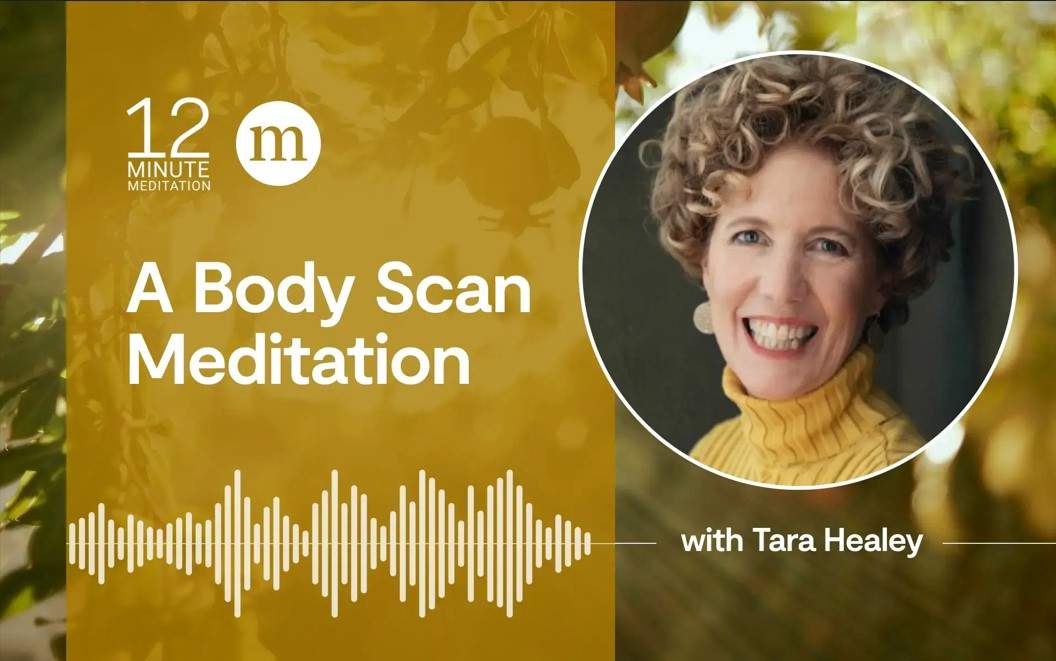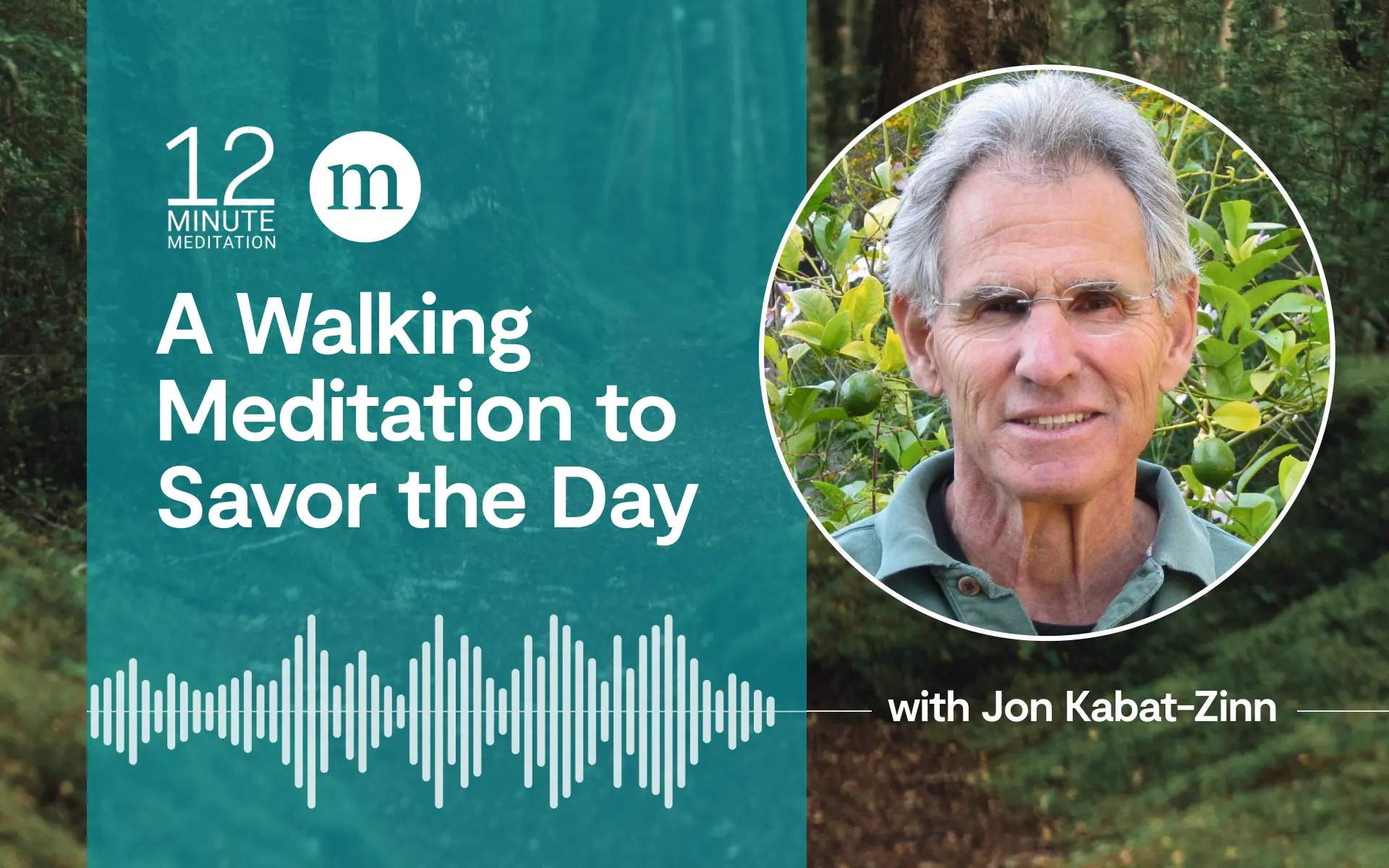During the pandemic, when most of my work life was moved to Zoom, I noticed myself becoming more aware and self-conscious about the wrinkles in my face. How long has that deep crease on my left cheek been there? When did I get so many crow’s feet around my eyes? Looking at my face all day long (even in a thumbnail) made me more insecure about how my face looked. Friends reported the same.
We were not alone in these side effects of navigating life on-camera. Since 2020 there has been a significant increase in facial cosmetic procedures, leading with Botox, lip fillers, and other fillers. One reason is that increased social-media use adds to our being unhappy with our body, which increases our stress levels and activates the fight-or-flight response.
A 2023 study of young-adult women (aged 18-29) in Australia who use Snapchat and Instagram found that 16% had already undergone cosmetic surgery, and 54% were considering doing it in the future. Researchers found that the more the women were on social media, the more they thought that plastic surgery at a young age is normal. But there was another key finding. The more the young women identified with a body feature they viewed as undesirable, the more they saw surgery as a potential solution. Men, too, are affected by societal expectations for the body. A meta-analysis from 2020 showed that men who are not as thin or as muscular as they’d like to be have a higher likelihood of anxiety or depression.
Yes, I know: The argument goes, “I want to look beautiful; I want to feel good about myself. And isn’t that being kind and loving to yourself?” Yet I look at my tween and young-adult daughters, and the idea that they would see themselves as anything but beautiful and perfect the way they are pains me.
Increased social-media use adds to our being unhappy with our body, which increases our stress levels and activates the fight-or-flight response.
For those who live with chronic pain or illness, the harsh inner critic can worsen this tendency to be hard on yourself. It often feels like the body has betrayed you. The medical field and the language we use add fuel to the fire: We take “painkillers,” “declare war” on a disease, and “vow to defeat the enemy,” even when the “enemy” manifests within our own body. Here, too, the fight-or-flight system will be activated.
Living with this activated stress environment not only feels bad and exhausting, it actually is undermining your health even more. Blood pressure rises, cortisol and adrenaline constantly pump into your bloodstream, blood flow is directed away from your digestive and reproductive organs, immune function is suppressed, and a constant low-threshold vigilance keeps you awake at night.
Experience the Body Without Judgment
Here is the secret: The body is just a body. We all get just one. This one. Each of its different parts did evolve for a function, not for appearance. And, unfortunately, bodies do age, and they do get sick. Learning to live with that is really the task of a lifetime.
Take a moment, close your eyes, and sense into the body. You can feel what you’re sitting on. You can sense warmth or cold, tension or relaxation. But you can’t sense “ugly.” You can’t sense “too old.” Those are judgments, not sensations. When supermodel Kate Moss infamously stated, “Nothing tastes as good as skinny feels,” she wasn’t talking about how she actually felt in her body, but how she (and the world) perceived and evaluated it. “Skinny” is not a sensation. We get the actual sensations vs. how we feel about them mixed up all the time.
As we practice shifting away from harshly judging ourselves, we might notice some space where we can begin to cultivate genuine friendliness and care for our one body.
You can sense warmth or cold, tension or relaxation. But you can’t sense “ugly.”
Self-kindness counterbalances self-criticism. This is backed up in research. For instance, in a study of women undergraduate students, those with higher levels of self-compassion showed lower body preoccupation and weight concerns, regardless of their scores on self-esteem. With self-kindness we make our inner climate more friendly, more loving, more accepting, and this reduces stress levels and stress hormones.
A wealth of research shows that self-kindness also aids our mental health; in turn, this can lead to better health outcomes with chronic diseases. When our nervous system moves out of fight-or-flight mode, we will not only feel better—pretty much regardless of what is going on in our body—but also be able to think more clearly, see more options, and relate more to the people around us. With this in mind, how do we learn self-kindness or self-compassion? First, we learn why this would be a good idea. But intellectual knowing is not enough—if it were, many more people would already love their body. Likewise, directing kind words toward ourselves, maybe talking into a mirror, is helpful for some, but these words don’t always land in the body.
Befriend Your Body with Active Self-Love
To go deeper, we look at what comes up as we contemplate self-love. We let the thoughts and beliefs come to the surface and into awareness. What comes up when you try to practice self-love, or even consider it? Those thoughts are our “trailhead.” We can then gently feel into the emotion underlying the thought. For example, with the thought “Loving my body will just make me lazy,” the underlying feeling might be fear: fear of laziness, of not being effective enough, of not being good enough. If fear is what is fueling the thoughts, then it will be hard to practice self-love because that doesn’t feel safe to the body. It can even elicit a stress response, the exact opposite of what we wish to do. And then we might be even harder on ourselves: “What’s so difficult about being a bit kinder to myself? What’s wrong with me?”
When we practice self-compassion for our body, we create an internal environment for healing and a felt sense of well-being.
Becoming aware of this is actually great news. We can start to send our body signals of safety, perhaps by taking some longer, deeper breaths, focusing on the exhalation, swaying or rocking, placing a hand on your heart, or humming a tune. All of this helps us to access the “tend and befriend” part of the nervous system and activates the vagus nerve, the nerve that runs from the base of our brain all the way through the body down to the pelvic floor. This is active self-love. When we practice self-compassion for our body, we create an internal environment for healing and a felt sense of well-being. Think about a sick or upset child. What kind of environment would you create for them?
Self-kindness is unconditional. We are not saying to our body, “I’ll be nice to you, but only if you change to be more like I want you to be.” This does not mean that you stop looking for new ways to support healing and positive change, but it says, “Right now I am allowing you to be as you are.”
Poet Nayyirah Waheed shares this beautiful invitation to body love:
and i said to my body. softly. ‘i want to be your friend.’ it took a long breath. and replied ‘i have been waiting my whole life for this.’
When I first heard this poem it made me tear up. I think that was my body’s way of saying, “Yes, please! Treat me like a beloved friend!”






